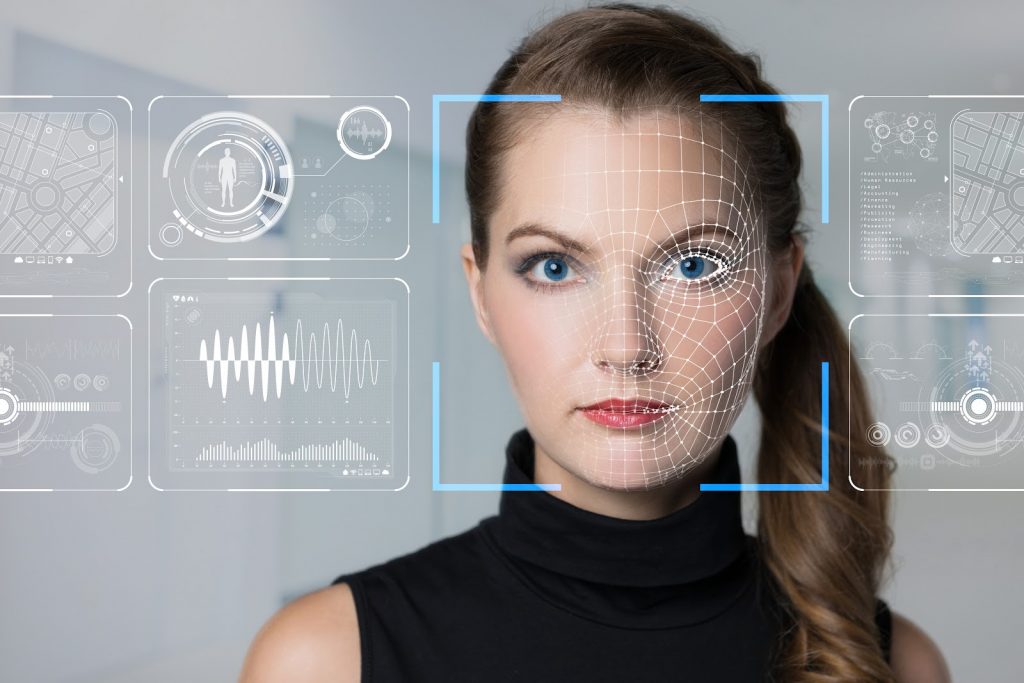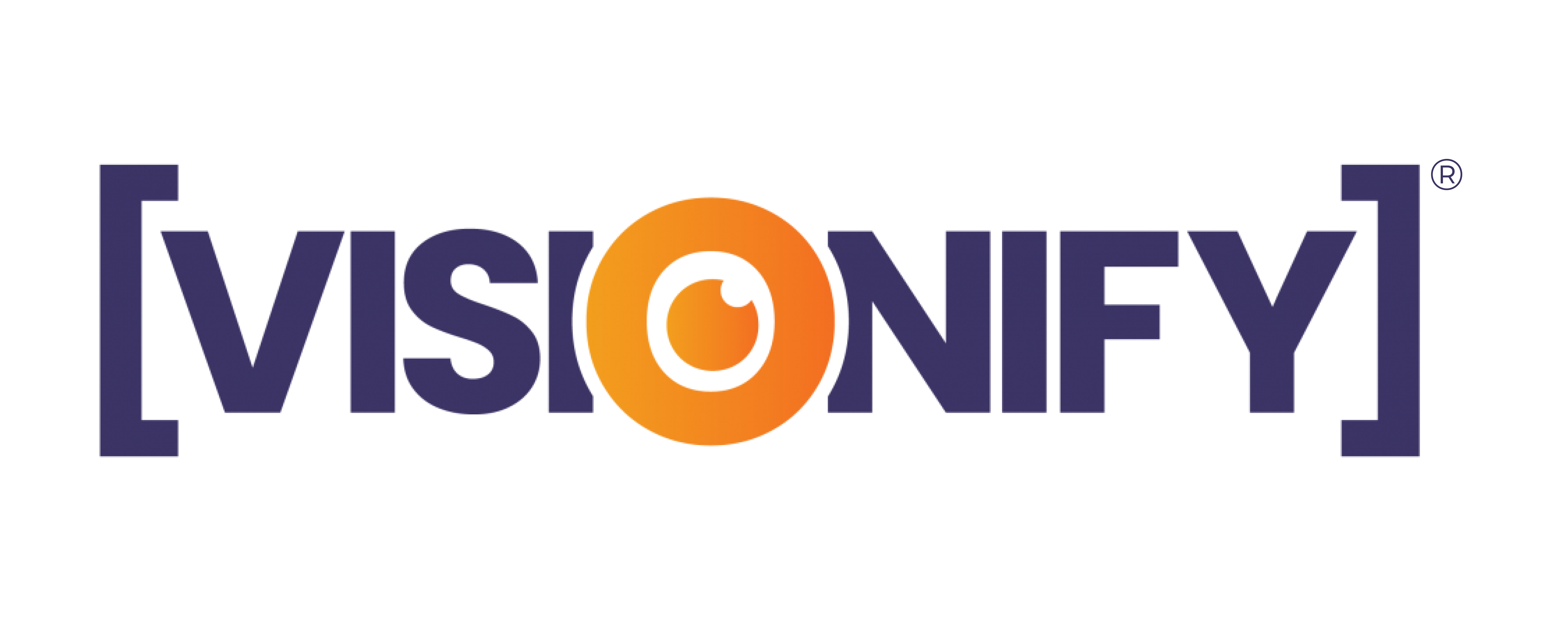
A Facial Recognition System is an excellent part of the computer vision industry, widely used in mobile phones, and security systems. The technique has become most popular, replacing password logins for users in their daily lives. However, many real-time factors influence facial images, such as noises, expressions, occlusions. It solves using an approach that proposes a new model for facial recognition with good robustness to different conditions. Some algorithms suggest noise reduction, and some techniques adaptively extend the training dataset to remove the bad data points. The results show that the performance of these algorithms is better than the traditional facial recognition methods. This blog will brief image processing techniques to improve Facial Recognition systems.
Reports and Data says The Global Computer Vision System Market is forecast to reach USD 25.69 Billion by 2028.
Image Processing in Facial Recognition Systems
- Image Preprocessing Techniques
- Face Detection and Cropping
- Image De-noising and Filtering
- EigenFace based Approach
- Discrete Cosine Transform
- Combined Approach
- Business benefits of facial recognition systems
1. Image Preprocessing Techniques
Color images often contain background clutter that reduces the accuracy of face detection and facial recognition systems. To improve this, we have methods to remove that unneeded color data from a color input image before recognition performs on the clear grayscale version. The result was efficient, fast, and accurate processing of millions of facial images for the application.
Image cropping removes unnecessary surrounding material from the images for some specific reason. Image post-processing can help to extract relevant data. For example, many extraction methods are used in face detection systems to ensure the face in the image crop is in the most suitable position.
Image filtering algorithms reduce the effect of noise on the image. As a result, image filtering improves the gray-level coherence, background white-noise, and smoothness. In addition, the regularized inverse auto-regressive (RIR) filter also results in a sharpened output image.
Is Face Recognition the Next Security Concern? Read this guide and learn what it meant for your business.
2. Face Detection and Cropping
The image cropping for facial recognition is critical, especially for the face recognition systems that can do multi-face detection.
It can roughly divide into top face cropping and bottom face cropping. Top face cropping refers to the operation of filtering out excess regions from a person’s head-to-shoulders photo. In contrast, bottom face cropping tries to accurately specify the ears and eyes in the cropped image of a person to facilitate subsequent face recognition.
Source: Research Gate
Brand Essence Research says Global Facial Recognition Market is valued at USD 3621.4 Million in 2020 and is expected to reach USD 11604.5 Million by 2027.
3. Image De-noising and Filtering
Image de-noising is the process of detecting meaningful features in an image and enhancing them while suppressing background noise. Examples of useful features to improve include lines and edges and operations that can fill in gaps to create a complete representation of an object in the target image. Image filtering is any modification that alters some characteristic of an input image to obtain an altered output image. For example, spatial filtering modifies the intensities of pixels. Spectral filtering changes properties like hue and saturation. Other filters can refine temporal characteristics, like motion blurriness.
Source: Wikipedia
4. EigenFace based Approach
In the eigenfaces approach, ML methods. Such as principal components analysis and linear discriminant analysis were used. Eigenfaces’ process is achieved by applying PCA on a set of training samples and then changing the models into a new space by using the best rotation to each instance. This rotation preserves the change in this new space, which minimizes the distance between any two different faces regarding their rotation angles.
Businesses from various industries are gaining a competitive edge by integrating facial recognition technology. Follow this guide on Innovative Facial Recognition Use Cases for Retail Industry.
Source: Geeks for Geeks
5. Discrete Cosine Transform
The math craft for approximating the regular functions of images are the building blocks of any digital image processing system, such as compression and enhancement. One potent tool for performing this function is the Discrete Cosine Transform (DCT). It converts a finite flow of spatial samples into a linear mix of DCT basis functions and simplifies fractal shrink.
Source: Wikipedia
6. Combined Approach
This technique forms using both spatial and frequency domains. While DCT extracts spatial domain data, spatial differential operators extract frequency-domain data.
An ambit reduction technique follows each Approach. First, PCA reduces the ambit of SDO features. In ratio, zonal coding reduces the dimensionality of DCT features.
7.Business benefits of facial recognition systems
7.1.Face Pay
Face pay is a payment system specially recognized as an essential technology in the future. It’s a new way to pay in which you use your face instead of cash. For example, if a store has a face pay device, you might be able to pay by simply looking at that device.
7.2.Increased Customer loyalty
Imagine that when consumers walk into your store, a kiosk identifies them, directs them in the proper direction, or provides recommendations based on their previous purchases. As a result, comebacks and repeated purchases are boosted by more efficient and tailored experiences.
7.3.shoppers sentiments
Retailers can explore parameters that control purchasing intention by understanding shoppers’ sentiments and analyzing their emotional reactions. Like sales prices, packaging and brand recognition, stock accessibility and replenishment, rack layout, retail outlet, entrance setups, arrangements, and availability of products.
Conclusion
Generally, Facial Recognition Solutions have been a source of excitement. More precisely than ever, the art to identify faces as images from algorithms and not human beings is an incredible technological achievement. However, the software is still very much in its infancy.
As systems continue to improve with new updates, we will see features like emotion detection and customization that make facial recognition programs more practical.
In addition, as technology evolves alongside current trends in ML and AI. It will be interesting to watch facial recognition systems grow over several years.
Visionify’s face detection and verification solutions are simple and can save time when capturing images from a camera or video feed. The best part is how quickly it can detect faces. Other features include face detection, face recognition, head shape, glasses, and support for multiple faces in one image for easy stitching. Call us to get a live demo.

